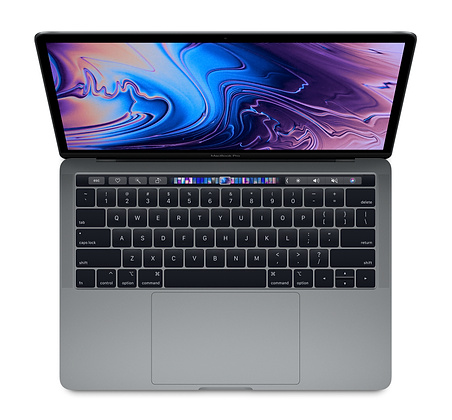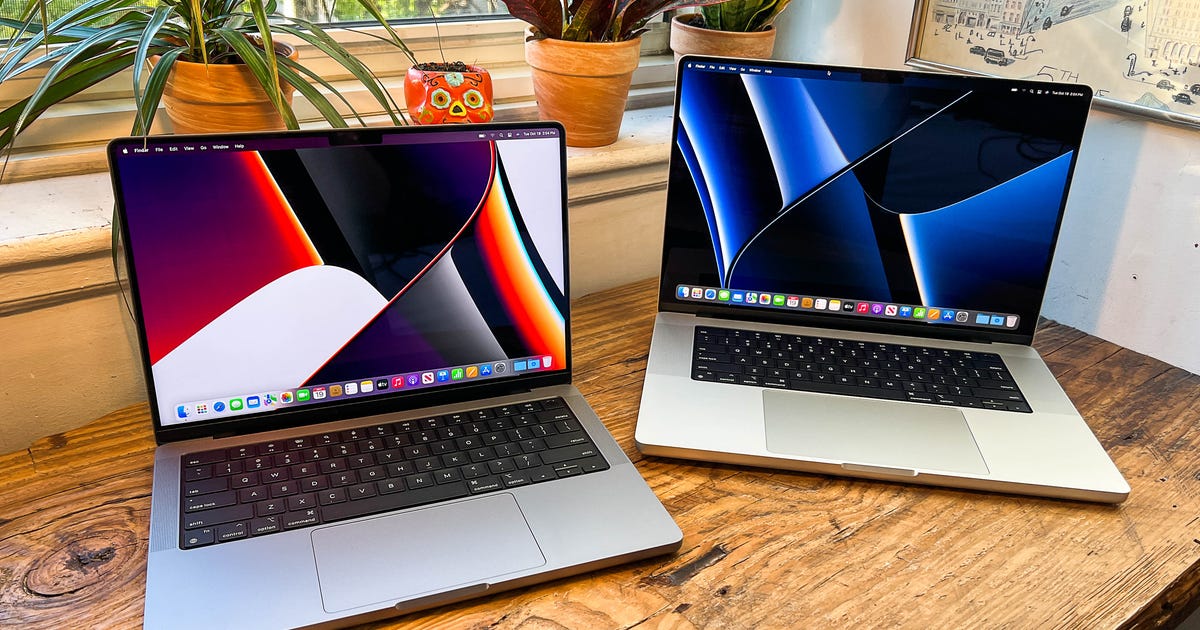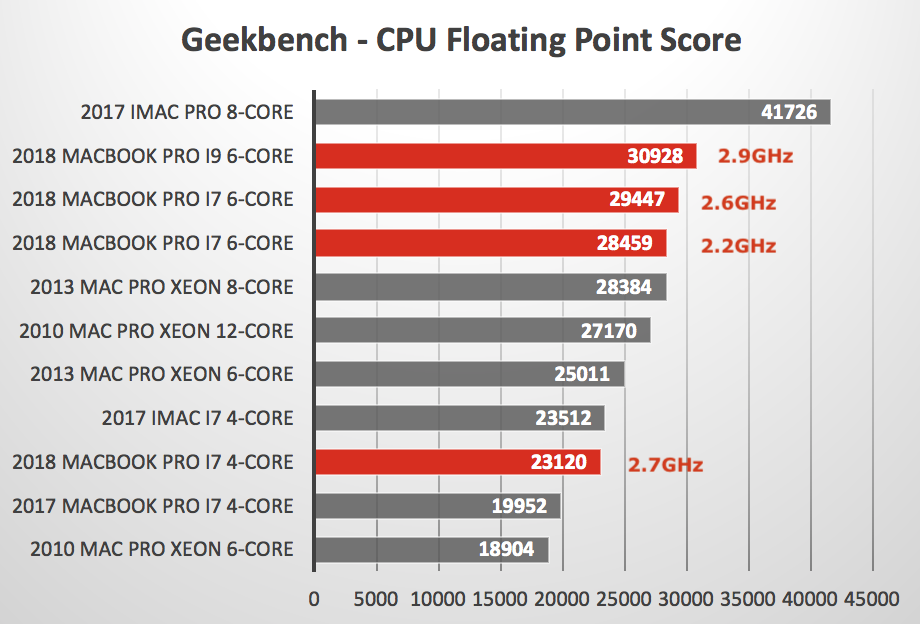

You can hear a difference with the new hardware, but it's not exactly night and day. The MacBook Pro didn't need to get thinner, necessarily, but it would have been nice if the company had found a way to shave down the screen bezels.Īpple made a big deal about the new keyboard, which has been refined to make typing quieter and less clicky. We didn't expect Apple to change much, but it's still strange how little has evolved over the past two years. The MacBook Pro is sleek and stylish even compared with thinner and lighter notebooks like HP's Spectre, but don't let that daintiness fool you: It still feels like a tough machine. To compare your current Mac's processor with the slowest of the two you're looking at see this:The slim unibody aluminum case Apple introduced in 2016 is back, along with the Touch Bar, which is still a love-it-or-hate-it affair. Apple really should provide a way for users to understand that when they're shopping. Intel's naming and numbering system is confusing, misleading even. To see that, just search for a comparison of I7-7660U vs I5-8259U and you'll find this for example: You can see that neither of the two you're considering is a step back, both are a step forward, and the 2018 is the furthest step forward overall. This system also supports "Turbo Boost 2.0" - which "automatically increases the speed of the active cores" to improve performance when needed (up to 3.8 GHz for this model) - and "Hyper Threading" - which allows the system to recognize eight total "cores" or "threads" (four real and four virtual).Īdditionally, this MacBook Pro has a secondary "T2" processor for "enhanced security," which includes secure boot and encrypted storage capabilities as well as enhanced image processing. Each core has a dedicated 256k level 2 cache, shares 6 MB of level 3 cache, and has an integrated memory controller (dual channel).

This model is powered by a 14 nm, 64-bit "Eighth Generation" Intel Mobile Core i5 "Coffee Lake" (I5-8259U) processor which includes four independent processor "cores" on a single silicon chip with 128 MB of eDRAM embedded on the processor die.

This system also supports "Turbo Boost 2.0" - which "automatically increases the speed of the active cores" to improve performance when needed (up to 4.0 GHz for this model) - and "Hyper Threading" - which allows the system to recognize four total "cores" or "threads" (two real and two virtual).Ī MacBook Pro (2018)with 2.3GHz quad-core 8th-generation Intel Core i5 processor Each core has a dedicated 256k level 2 cache, shares 4 MB of level 3 cache, and has an integrated memory controller (dual channel). This system also supports "Turbo Boost 2.0" - which "automatically increases the speed of the active cores" to improve performance when needed (up to 3.6 GHz for this model) - and "Hyper Threading" - which allows the system to recognize four total "cores" or "threads" (two real and two virtual).Ī MacBook Pro (2017) with 2.5GHz dual-core 7th-generation Intel Core i7 processorĭetails: This model is powered by a 14 nm, 64-bit "Seventh Generation" Intel Mobile Core i7 "Kaby Lake" (I7-7660U) processor which includes two independent processor "cores" on a single silicon chip with 64 MB of eDRAM embedded on the processor die.

Your current Macwith 2.9 GHz Intel Core i7ĭetails: This model is powered by a 22 nm, 64-bit Intel Mobile Core i7 "Ivy Bridge" (I7-3520M) processor which includes two independent processor "cores" on a single silicon chip. What you should do is compare the processors. Not only does the newer MacBook processor have more cores (in one case), they are both a newer generation processor.


 0 kommentar(er)
0 kommentar(er)
